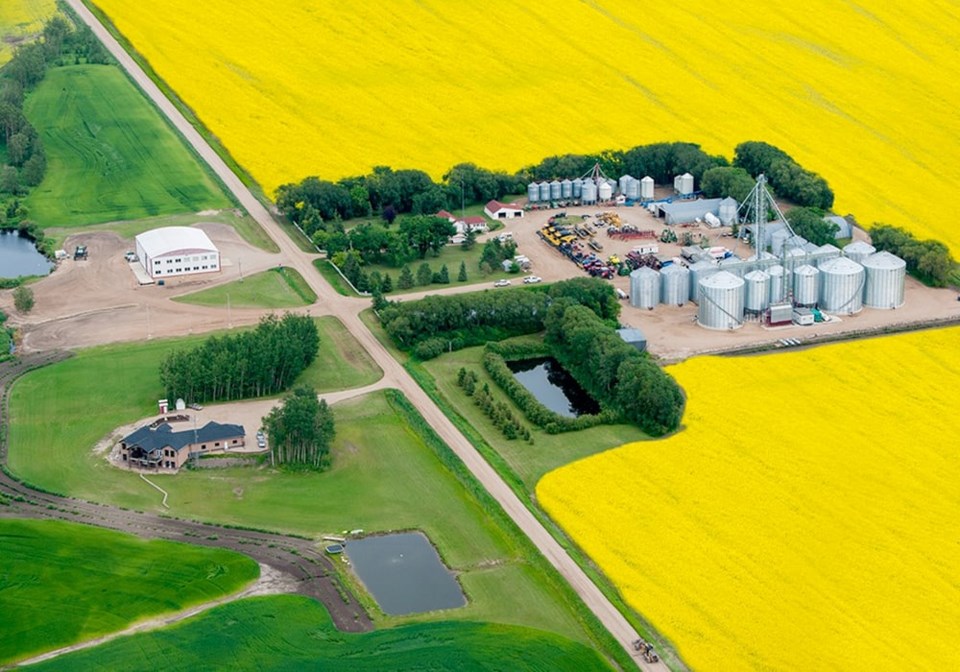It’s no secret that prairie farms are getting bigger, but the numbers included in are startling.
Take Saskatchewan, for example. From 2011 to 2021, the number of farms with less than 3,520 acres dropped to 29,484 from 32,840, while the number of farms with more than 25,000 acres increased to 83 from 78.
It’s the farms in between where things get interesting:
- The number of 3,520-4,999 acre farms increased to 2,007 in 2021 from 1,998 in 2011.
- 5,000-9,999 acre farms increased to 2,034 from 1,615.
- 10,000-14,999 acre farms increased to 361 from 290.
- 15,000-19,999 acre farms increased to 104 from 82.
- 20,000-24,999 acre farms increased to 55 from 49.
Clearly, this is a trend that isn’t likely to go away, so it’s important for the agricultural sector to figure out how it should be managed.
We see two major areas that will require the industry’s attention.
One is people.
A big worry for many is what will happen to rural life if farms become bigger and fewer.
The assumption is that fewer farms will mean fewer people — people to shop at local businesses, run the rink, work at the hospital and generally provide the critical mass needed to create a vibrant community.
Big farms will still need workers, and those employees will presumably live in the communities where they work.
However, will these workers prove to be more transient than the farm families they replaced? Will they be as likely to provide the leadership that their communities will need?
The bigger question, of course, is whether there will even be enough workers to keep these bigger farms operating successfully. The labour shortage plaguing this country has not ignored agriculture.
The other area that will require industry attention is policy.
Most farm policy in this country is aimed at small to medium-sized operations. That seems to be true south of the border, too, as outlined recently by U.S. agriculture secretary Tom Vilsack while appearing in front of the Senate agriculture committee.
“We’ve got to figure out how we can create more revenue streams for farmers, particularly those small and mid-sized producers,” he said.
But what happens to this policy focus when the number of small and mid-sized farms is shrinking and the number of larger farms begins to balloon?
Business risk management programs are a good example.
There appears to be no significant opposition at the moment among Canadian taxpayers to subsidize the farm safety net that has been developed in this country.
We assume, however, that when members of the tax-paying public support business risk management programs, they are thinking of farms that earn the kinds of income to which they can relate.
What happens when more farmers get so big that they earn paycheques far larger than those of most Canadians?
Capping farm program access to exclude really big farms may become a popular idea, even though it would add a level of complexity to the system that could easily make it unworkable.
We don’t suggest that farm policy should change to reflect large and growing farm size. However, the industry must be ready with answers when hard questions rear their uncomfortable heads.
Karen Briere, Bruce Dyck, Barb Glen and Mike Raine collaborate in the writing of Western Producer editorials.




